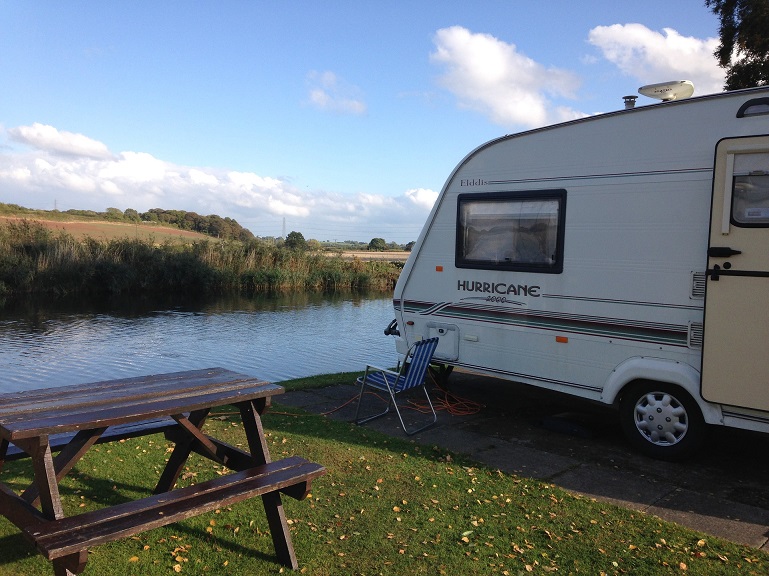Even though we claim to go caravanning to escape the mundaneness of the everyday city life, we’re still going to find ourselves sitting in front of the laptop or TV eventually. That being said, being unable to watch TV because you don’t have the proper antenna set up can get frustrating at times. If you’re on the market for buying a brand new caravan TV antenna, there are a couple of important things to keep in mind to ensure you don’t have a weak signal, even when traveling far away from the urban jungle. Without further ado, here are the three most important factors to consider when buying a 12 volt caravan antenna.

Directionality and Signal Strength
There’s a huge difference between a 12 volt caravan antenna and the antenna you have at home. The one at your home is already oriented and optimized to receive the channel set you’ll be watching. A caravan antenna, on the other hand, might come across problems receiving your favourite channels around remote areas with poor signal. For that reason, alongside the antenna, consider getting a signal booster. Some antennas have a built-in signal booster, which will allow you to get a decent quality picture, even when you’re in the remotest of places.
Frequency Range
The TV channels you get come through your setup box, either through VHF or UHF transmissions. Generally, VHF transmissions are the more common option in most major Australian cities, whereas remote areas and smaller towns use UHF. For that reason, the TV antenna you purchase for your caravan should be able to receive both of these frequency types. Most modern caravan antennas can satisfy this criterion.
Installation and Mounting
The caravan antenna of your choice should be easy to install and mount. However, it should also be easy to be folded down, or completely dismounted when not in use, or it can have a low profile design that doesn’t need to be dismantled. The latter is the preferred choice, as it won’t require as much effort on your part. Ideally, the antenna should have a fixed height that doesn’t require consistent monitoring or cranking. Moreover, it should be compatible with a wide range of caravan roof thicknesses, and it should have a compact design that will allow your caravan to pass through low-clearance areas.
Price
Lastly, you have to consider the price. By determining the price you’re willing to pay, you’ll have an easier time narrowing down potential models. You usually get what you pay for, but that’s not always the case, which is why you should always shop around before making a final decision.

